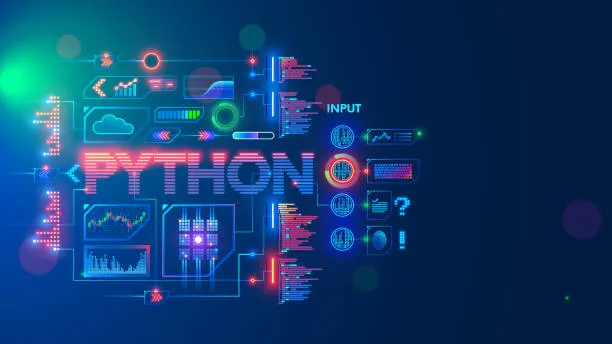Rustling the Python Feathers: Hugging Face’s Venture into ML with a Rust-Based Framework

In the ever-evolving landscape of machine learning (ML) frameworks, a recent development has raised eyebrows and sparked conversations within the developer community. Hugging Face, a prominent player in the natural language processing (NLP) and machine learning space, has taken a bold step by open-sourcing a new ML framework, departing from the conventional Python-centric approach. This article delves into the implications of this move and explores the Rust-based framework introduced by Hugging Face.
The Python Paradigm and Its Evolution:
For years, Python has been the language of choice for machine learning practitioners and researchers, owing to its readability, extensive library support, and vibrant community. However, the ever-growing demand for more efficient and performant ML models has led to a quest for alternatives that can deliver better speed and resource utilization.
Hugging Face’s Rust-Based ML Framework:
Hugging Face, known for its state-of-the-art transformer models and transformer-based NLP frameworks like Transformers and Tokenizers, has now introduced a new ML framework written in Rust. Rust, a systems programming language celebrated for its focus on performance, memory safety, and concurrency, brings a fresh perspective to the ML landscape.
Key Features of the Rust-Based Framework:
Performance Boost:
Rust’s emphasis on low-level memory control and efficiency can potentially translate to improved performance in ML tasks. The new framework aims to harness Rust’s capabilities to accelerate model training and inference.
Memory Safety and Concurrency:
Rust’s ownership system and borrow checker contribute to memory safety without sacrificing performance. This can be a game-changer in scenarios where efficient memory utilization is critical, such as training large-scale models.
Interoperability:
The framework is designed to be interoperable with existing Python-based ML ecosystems. This means that developers can leverage Rust’s advantages without completely abandoning the extensive Python ML toolset.
Implications for the ML Community:
Hugging Face’s venture into Rust-based ML development raises intriguing questions about the future of ML frameworks. While Python remains dominant, the introduction of alternatives like Rust emphasizes the industry’s pursuit of performance gains and resource efficiency.
Developers are encouraged to explore the Rust-based framework, understanding its potential benefits and limitations. The move also sparks a broader conversation about the diversity of programming languages in ML and the balance between performance and developer convenience.
As Hugging Face opens the door to a Rust-based ML framework, the tech community eagerly anticipates the impact this departure from the Python norm may have. The exploration of alternative languages like Rust reflects a dynamic and innovative approach to addressing the evolving needs of machine learning. Whether Rust will dethrone Python in the ML realm or coexist as a specialized tool remains to be seen, but one thing is certain — the landscape of ML development is evolving, and developers are in for an exciting journey.